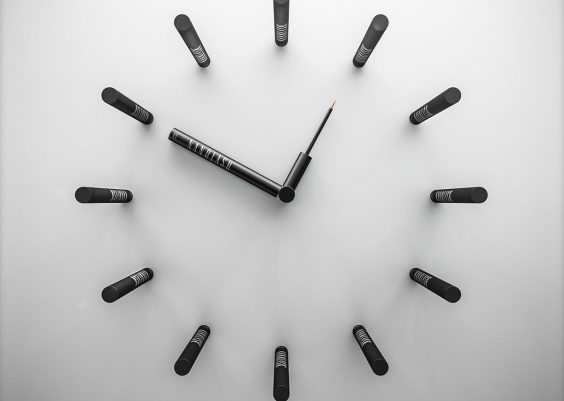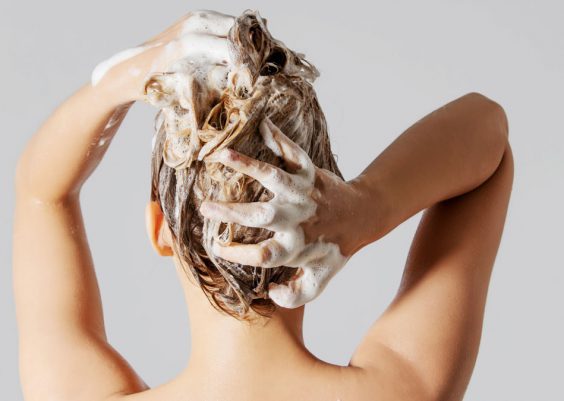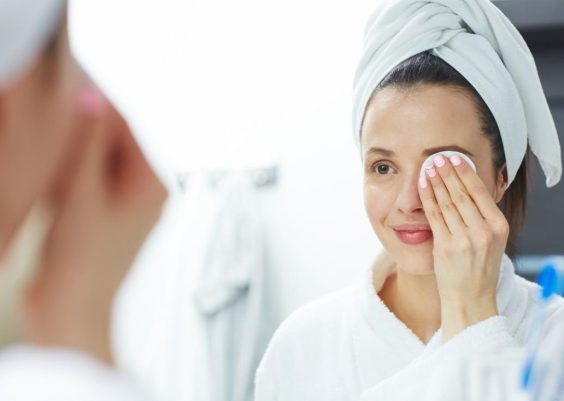A good moisturising cream – what would you recommend? Surely, you repeatedly hear this question in a drugstore and come across them on the Internet, or perhaps you are the one who keeps asking it? Firstly, it’s actually good because this means that you’re looking for a fine moisturising cream since you are aware of the fact that replenishing skin with water is the secret of gorgeous, young and neat skin. No matter the age, no matter skin type. Oily, dry, sensitive, couperose, acne-prone… each one of them needs hydration. How to find a good moisturising cream? Go on reading to learn how to treat your skin with what is best for it.
Good moisturising cream. Does it have to be expensive?
Of course, it doesn’t. It turns out that a good moisturising cream doesn’t have to cost a fortune. Still, it must be realized that it shouldn’t be suspiciously cheap either. If you reach for a budget cream, you can be sure that all the precious active substances are located somewhere at the end of INCI list, which means that there are few of them, or that they ‘swim’ in the sea of synthetic substances, the cheapest silicones and stabilizers.
Indeed, moisturising creams contain a lot of various ingredients. And they aren’t just active substances that affect our skin but also fragrances, substances determining consistency, germicidal agents, ingredients extending the product’s lifespan, anti-oxidative, etc. Every and each one of them influences the cosmetic’s quality. Naturally, the very ingredients might be of various kind – the better they are, the more expensive the cream might be. Stabilizators and substances responsible for giving the cream a particular consistency may originate from nature. Then, the cream’s composition is better so it can be perceived as more valuable than the product ‘stuffed’ with synthetic ingredients.
In other words, both the origin and the way in which particular ingredients are produced are crucial. Therefore, while examining a particular cream, focus on the entire list of ingredients, instead of looking for active moisturising substances only. It goes without saying that the more natural and safe ingredients a particular cream houses, the better for your skin.
Good moisturising cream. Active substances
A good moisturising cream should, obviously, contain substances that help to rebuild protective lipid barrier of epidermis, which combas water loss. These are the active substances that prevent skin dehydration and are able to lock moisture in epidermis. Moreover, they bond water molecules in order to improve skin elasticity and firmness. Owing to this, moisturising cream leaves skin hydrated, elastic and resistant to damages.
Moisturising agents. The finest ingredients
NATURAL OILS – which are fats that fulfill three tasks: protect, prevent water loss and revitalize skin. Natural oils contain an array of vitamins and minerals and at the same time don’t let water evaporate by creating a subtle, delicately lubricating barrier on skin without overburdening it. Moreover, natural oils contain natural sunscreens, but that’s not all. Additionally, many oils are able to reduce fine lines. The most popular beautifying oils are: argan oil, shea butter, avocado oil, raspberry seed oil and jojoba oil.
HYALURONIC ACID – it’s one of the most crucial ‘hydrators’ of skin. It bonds water molecules and is recognized as one of the most beneficial agents that effectively moisturises skin.
PHOSPHOLIPIDS (lecithin) – a moisturising cream containing phospholipids softens skin and leaves it well-nourished. Thanks to this, it’s easier for skin to absorb other active substances a particular cream offers.
PETROLATUM (vaseline) – this is one of the most common and the most effective moisturisers used in face creams. Vaseline blocks water from evaporating too fast from skin’s surface. This means that skin remains soft and smoothed out. However, it leaves an oily film on skin which might be troublesome for some users.
LANOLINE – this is a substance able to create an impervious coat on skin that prevents water loss and makes skin smooth. Since lanoline is rather heavy, it’s used in minimal quantities. In most cases, this substance is added to rich night creams to regenerate and hydrate skin and let it restore elasticity in the morning.





